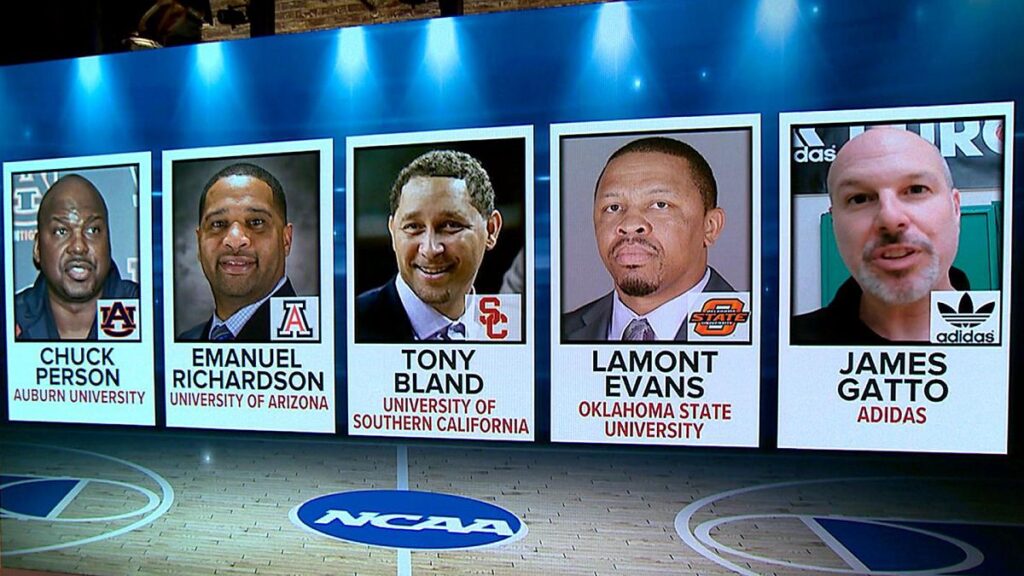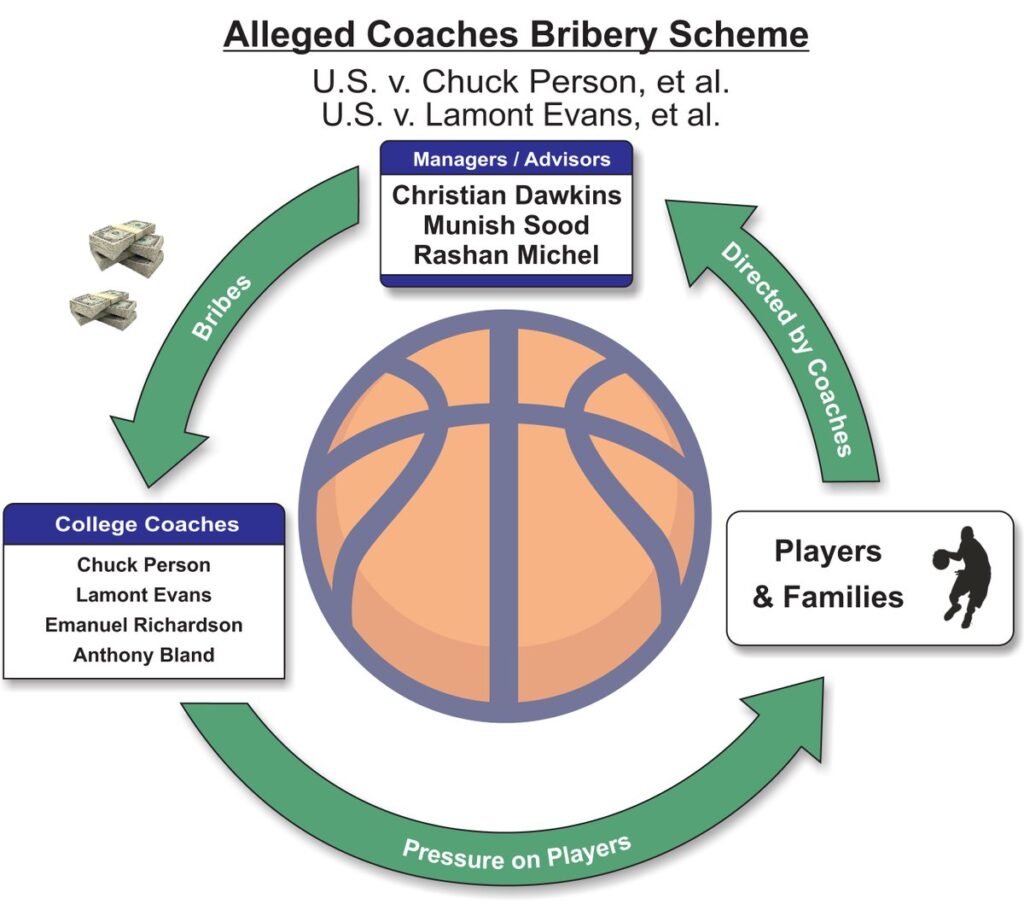Adidas is the latest example of the risk that all brands are subject to because reputations rest upon the shoulders of those employees wearing its logo.
Jim Gatto, head of marketing for Adidas’ basketball division, is one of 10 people who are at the center of an FBI investigation centered on a high school athlete/college sports bribery scandal that is rocking the college sports industry.
Business Insider writer, Dennis Green, put it very well in his Sept. 27 article on the topic, “Part of the reason for Adidas’ newfound success is its evolved reputation. It has courted fashion trendsetters and lifestyle gurus to help turn it into a “cool” brand. If the scandal grows, it’s not hard to see how that reputation could vanish.”
It takes both time and consistent effort to build, shape and protect a reputation. As Warren Buffett once said, “it takes 20 years to build a strong reputation and five minutes to ruin it. If you think about that, you’ll do things differently.”
Beyond the damaged public perception and tarnished image, Adidas also suffered a direct financial foul after the scandal hit headlines and saw its U.S. stock value dropped by 3% in one day.
This type of reputation scenario as well as the financial and public fallout happens every day at varying levels to large and small organizations.
While the court of public opinion has yet to deliver its verdict, below are three steps that Adidas – and any company – must take in the wake of a public scandal to not lose its business stride and come out stronger in public perception!
3 Steps Adidas must take in the wake of college basketball bribery scandal
Commit to Action & Communicate – You can’t control where the investigation goes or what life it takes on as this scandal unravels. However, Adidas can control how it processes the information it learns through its own internal investigation, the development of its action plan, and then how it is shared to its stakeholders, employees, and customers to demonstrate its commitment to doing the right thing.
Demonstrate Transparency – What did you learn through the investigation? It might be tough to look at and even scarier to share, but understand that in this age of instant information, it will eventually come out. It’s always best to ‘own’ the message versus it come from a third-party source. The actions of an individual certainly don’t always reflect that of the organization. This is the time to acknowledge breakdowns in the system and emphasize that this is not how business is done at Adidas.
Outline Change – This is the proverbial ‘Tylenol moment’ and the stamp in time that will either propel a brand forward or anchor it down after the crisis. In every crisis there is opportunity to use a negative situation to create positive industry-wide change. This is exactly what Tylenol did back in 1982 after seven people died of cyanide poisoning due to Tylenol bottle tampering. Tylenol went on to create revolutionary bottle safety measures that helped re-establish the brand as an industry leader committed to safety. Bribery is not new in college sports. However, this is a gift and opportunity for Adidas if they choose to see it that way. What measures will Adidas institute that the industry can see as a beacon to ensure athlete bribery is stopped? What will Adidas develop to track athlete and brand interactions? Will they partner will the NCAA or the universities to create new systems to safeguard high school athletes and their families?
Many leaders and organizations believe this situation will never happen to them. That’s a very naive perspective. In this world of instant information and transparency, the reality is that reputation risk is never a question of ‘if’, rather a matter of ‘when’, which begs the only real question – are you prepared?



